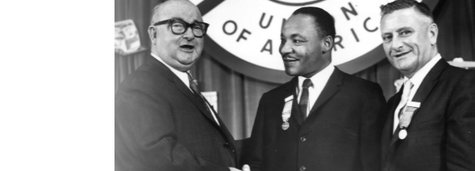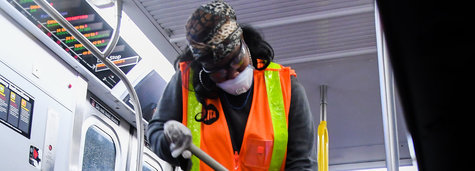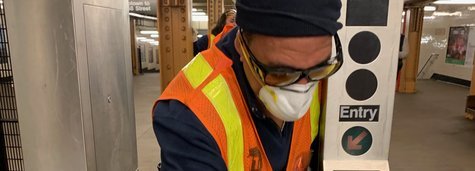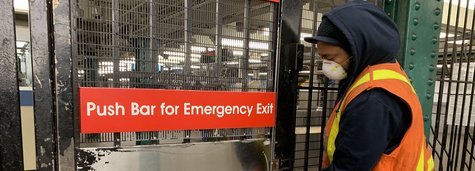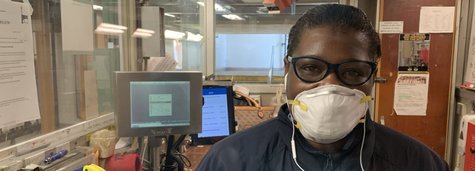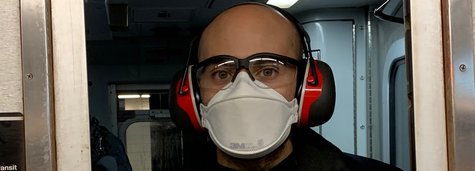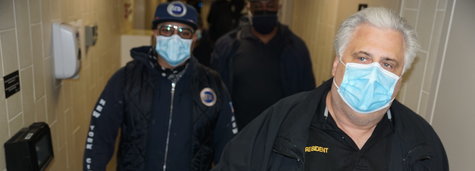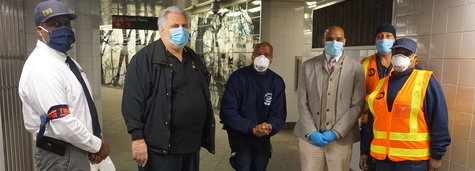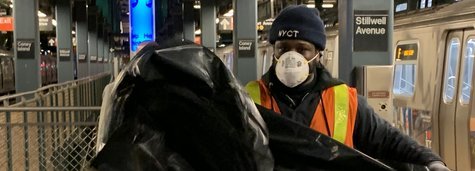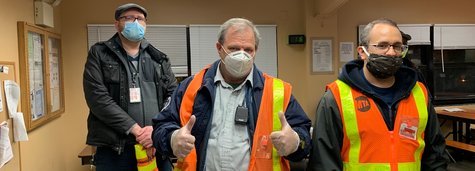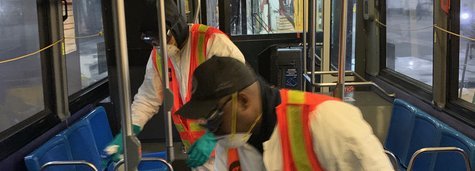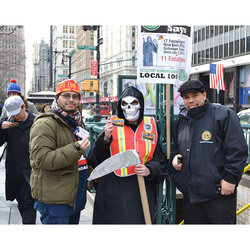As “Grim Reaper” Waits Outside, MTA Faces Grilling on 12-9’s at City Council Hearing
Bianco admitted under questioning that one way to allow trains to run at slower speeds and not impact the daily commute was to run more trains on each line, keeping headways (the spacing between the trains) the same. But he said the MTA lacked sufficient rolling stock. That assertion was directly contradicted by TWU Local 100 President John Samuelsen, who told Councilmembers that the MTA does in fact hold back some 150 to 200 train cars from service on a regular basis, holding a sufficient number in reserve to accommodate a system-wide transition to slower speeds.
The MTA had no answers to critical questions asked by legislators, who wanted to know whether most rider deaths occurred at the busier stations and whether any fatalities had occurred in stations where platform conductors were on duty to control crowds and keep order.
System Safety VP Kennedy said that the largest number of incidents – 18% of fatalities – take place between 9 p.m. and midnight, a time when rush hour crowds are obviously not a factor. When asked by Councilwoman Elizabeth Crowley if train service could be slowed during these off-peak hours to save lives, Bianco’s answer was “no.”
The MTA is offering no answers for commuters worried about how to avoid speeding trains, except for enhanced station announcements and warnings on posters and decals. TWU Local 100, by contrast, has offered three common-sense solutions: First, slow down train speeds entering stations, and add additional trains to make up headways. Second, put emergency power cut-off switches in token booths so station agents can take fast action in the event of a person on the tracks. Third, place platform conductors in crowded stations to disperse and equalize crowds along the platforms and help maintain safety and order.
Other solutions were proposed, with MTA managers not showing much interest. Councilman Peter Koo of Flushing suggested a very low-tech, and very inexpensive solution: rescue ropes that could be thrown down to riders who fall onto the tracks to help them get back up onto the platform. Under pressure from the Councilman who was demanding a response, Bianco said, “we’ll look into it.”
Councilman David Greenfield of Brooklyn pleaded with Bianco to provide some emergency advice to riders who might find themselves unexpectedly on the tracks. Invoking the example of an airliner about to crash, he said that some advice – any plan – would be welcome. Bianco would not respond to the question, probably thinking that any advice given would invite a lawsuit if a rider followed it but nevertheless got hurt. His silence spoke volumes about the MTA’s inability to listen to the public and to their own employees.

